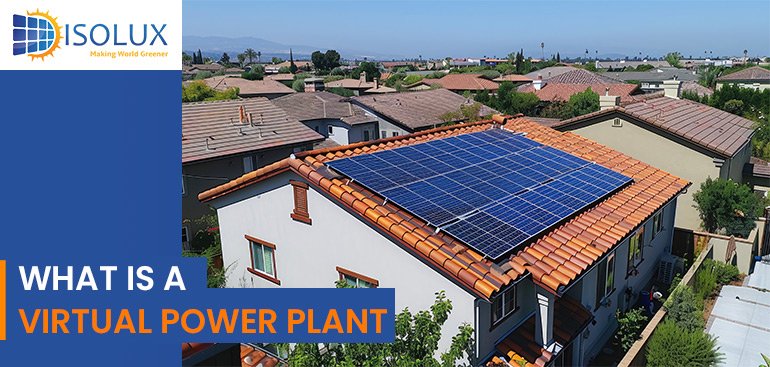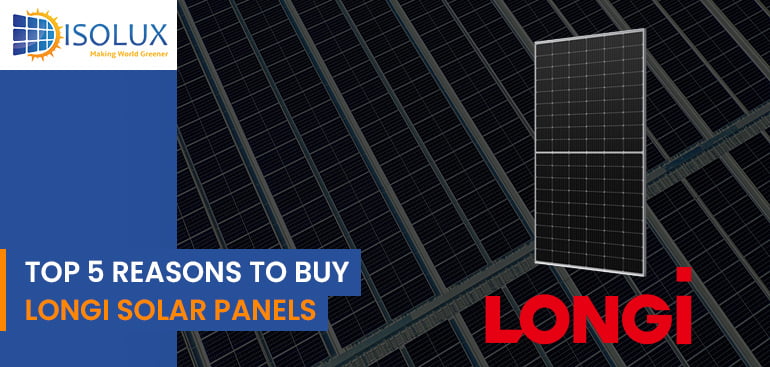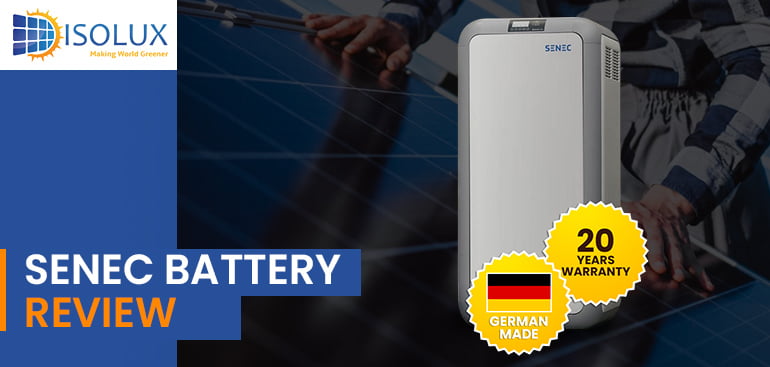In the rapidly evolving landscape of energy technology, the concept of a Virtual Power Plant (VPP) is emerging as a game-changer. VPPs are a revolutionary approach to energy management, leveraging the power of digital technology to create more efficient, reliable, and sustainable energy systems. But what exactly is a VPP, and why does it matter? This article will explore the fundamentals of virtual power plants, how they work, their benefits, and their potential impact on the future of energy.
Virtual Power Plants
A Virtual Power Plant is a network of decentralized, medium-scale power generating units such as solar panels, wind turbines, and battery storage systems, as well as demand response and other flexible energy resources. These units are integrated and managed using advanced software to function as a unified and flexible power source. Essentially, a VPP aggregates the capacities of these distributed energy resources (DERs) to optimize power generation, storage, and consumption.
Key Components of a VPP:
- Distributed Energy Resources (DERs): These include solar panels, wind turbines, biomass generators, and battery storage systems.
- Smart Grid Technology: It involves the use of advanced software and communication technologies to monitor, control, and optimize the performance of the aggregated DERs.
- Energy Management System (EMS): A crucial component that coordinates the operation of the DERs to ensure efficient and reliable power supply.
How Does a Virtual Power Plant Work?
A VPP operates by aggregating multiple DERs and coordinating their output through a central control system. Here’s a step-by-step overview of how it works:
Aggregation: The VPP aggregates a variety of DERs, which can include residential solar panels, commercial wind turbines, and industrial battery storage systems.
Monitoring: Using smart grid technology, the VPP continuously monitors the performance and output of each DER in real-time.
Optimization: The central control system optimizes the operation of the DERs, adjusting their output based on real-time demand and supply conditions. This ensures that the energy generation is aligned with consumption patterns, reducing wastage.
Distribution: The optimized power is distributed to the grid, where it can be used to meet the energy demands of consumers.
Demand Response: The VPP can also manage demand response programs, incentivizing consumers to reduce or shift their energy usage during peak periods, further balancing the grid.
Benefits of Virtual Power Plants
The implementation of VPPs offers numerous advantages for both the energy system and end-users:
Enhanced Grid Stability: By aggregating and optimizing the output of DERs, VPPs can provide a more stable and reliable power supply. This reduces the risk of blackouts and improves grid resilience.
Cost Savings: VPPs can reduce the need for expensive infrastructure investments in traditional power plants and transmission lines. They also enable more efficient use of existing resources, lowering operational costs.
Increased Renewable Integration: VPPs facilitate the integration of renewable energy sources into the grid, supporting the transition to a more sustainable energy system.
Flexibility and Scalability: VPPs offer a flexible and scalable solution for managing energy resources. They can easily incorporate new DERs and adapt to changing energy demands.
Consumer Participation: VPPs empower consumers to participate in the energy market. By generating and storing their own energy, consumers can reduce their reliance on the grid and potentially earn income by selling excess power back to the VPP.
Real-World Applications of Virtual Power Plants
Residential Sector:
In residential areas, VPPs can aggregate the output of rooftop solar panels and home battery storage systems. This allows homeowners to not only power their own homes but also contribute to the grid during peak demand periods.
If you’re looking for Residentials Solar Panel or Inverter in Sydney, Isolux Solar is a leading Solar Panel installation company. Call 1300 552 452 for a free quote.
Commercial and Industrial Sector
In the commercial and industrial sectors, businesses with large-scale renewable energy installations can participate in VPPs. This can enhance their energy efficiency, reduce operational costs, and provide an additional revenue stream by selling excess energy.
Community Energy Projects:
Community-based VPPs are emerging as a popular model. These projects aggregate the energy resources of multiple households and businesses within a community, creating a localized and resilient energy system that benefits all participants.
The Future of Virtual Power Plants
The future of energy lies in decentralization, and VPPs are at the forefront of this transformation. As technology advances and more DERs are deployed, the potential for VPPs to reshape the energy landscape is immense. Here are some trends and developments to watch:
Increased Adoption: With the growing emphasis on renewable energy and sustainability, the adoption of VPPs is expected to accelerate. Governments and utilities are likely to support VPP projects through policies and incentives.
Technological Advancements: Innovations in smart grid technology, artificial intelligence, and machine learning will enhance the capabilities of VPPs, making them more efficient and reliable.
Consumer Empowerment: As consumers become more aware of their energy consumption and the benefits of renewable energy, participation in VPPs will increase. This will drive the growth of prosumer (producer-consumer) communities.
Global Expansion: While VPPs are currently more common in developed regions, their benefits are universal. Emerging markets are likely to adopt VPPs to improve energy access and reliability.
Conclusion
Virtual Power Plants represent a significant advancement in the way we generate, manage, and consume energy. By aggregating distributed energy resources and optimizing their performance through smart grid technology, VPPs offer a more efficient, reliable, and sustainable energy system. Whether in residential, commercial, or community settings, VPPs have the potential to revolutionize the energy landscape, supporting the transition to a greener future.



